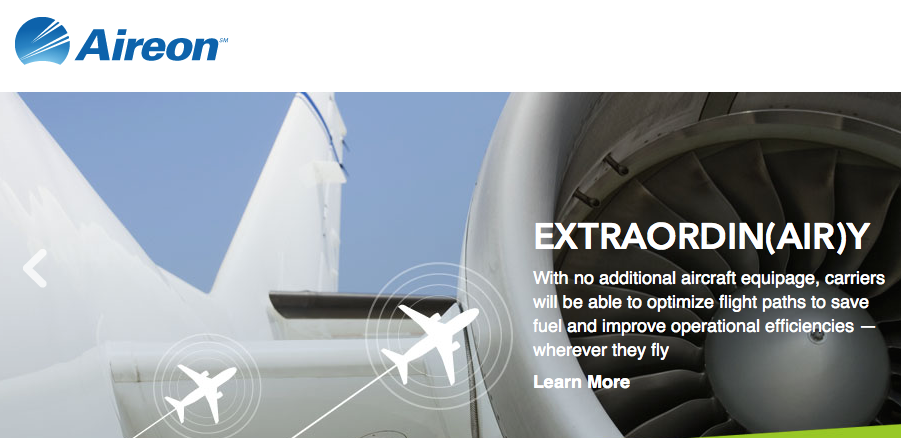
[SatNews] Aireon LLCSM today announced that the Aireon Aircraft Locating and Emergency Response Tracking (Aireon ALERT) service will be managed from the Irish Aviation Authority’s (IAA) North Atlantic Communications Centre in Ballygirreen on the West Coast of Ireland.
The Aireon ALERT service, a global emergency tracking solution that will be provided as a public service to the aviation community, free-of-charge, will allow rescue agencies, air traffic control providers or airlines to request the location and last flight track of any 1090 MHz Automatic Dependent Surveillance – Broadcast (ADS–B) equipped aircraft in distress. It is expected that approximately 90 percent of the world’s commercial fleet will be ADS-B equipped in the near future.
“We’re pleased to announce this significant step forward in the Aireon ALERT service,” said Don Thoma, President and CEO, Aireon. “Recent events further highlight the importance of having a system that offers real-time, global surveillance of aircraft to be able to provide quick, accurate information to search and rescue teams in emergency situations.”
“Aireon ALERT is a crucial aircraft tracking service, which will greatly assist airlines, aviation authorities, Air Navigation Service Providers (ANSPs) and Search-and-Rescue (SAR) agencies during emergency situations. At their request, on a 24/7 basis, we will be able to provide users with the immediate ‘last known’ location of aircraft with tremendous accuracy through Aireon’s global space-based air traffic surveillance system. This is something that’s clearly lacking today as we’ve witnessed in recent times. Aireon ALERT offers precisely the kind of service currently being sought after by the International Civil Aviation Organization (ICAO), the International Air Transport Association (IATA), airlines and other aviation bodies to help locate missing aircraft as fast as possible,” said Eamonn Brennan, Chief Executive of the Irish Aviation Authority. “I’m particularly pleased with the decision to locate the Aireon ALERT facility at the IAA’s North Atlantic Communications Centre in Ballygirreen. Ireland's unique history as a North Atlantic Air Traffic Control service provider since the 1930s, in tandem with our position as a politically neutral state and our reputation for fairness for all users, will ensure the success of Aireon ALERT.”
Aireon is deploying a global space-based ADS-B surveillance capability, providing direct air traffic controller visibility of flights operating in all of the world’s flight information regions, focused on improving the efficiency and safety of aircraft operations. When Aireon is fully operational, anticipated for 2017, it will create a powerful platform capable of tracking ADS-B equipped aircraft around the globe in real time. The Aireon ALERT service will be available soon after Aireon’s full deployment. Historical track data will be available to pre-authorized users, including Air Navigation Service Providers (ANSPs), airlines and search and rescue authorities, through Aireon ALERT soon after controller communications are lost with an aircraft, and the system can also provide real-time tracking of aircraft in distress, provided ADS-B transmissions are still operational.
Aireon and its partners will be working with aviation stakeholders, including ANSPs, ICAO, IATA and search and rescue authorities over the next two years to coordinate the operational implementation of the Aireon ALERT service.
In partnership with leading ANSPs and investors from around the world, NAV CANADA, ENAV, IAA, and Naviair, as well as Iridium Communications Inc. (Nasdaq: IRDM), Aireon plans to provide the first opportunity for global air traffic surveillance as early as 2017. The Aireon space-based ADS-B service will complement ground-based air traffic surveillance systems currently in use by giving a new independent surveillance layer worldwide and by seamlessly relaying position and status information of aircraft flying over oceans, poles and remote regions to air traffic controllers on the ground. This new capability is a quantum leap for remote surveillance, extending air traffic surveillance to the entire planet and unlocking operational efficiencies, reducing fuel costs and enhancing safety in remote and oceanic airspace.

